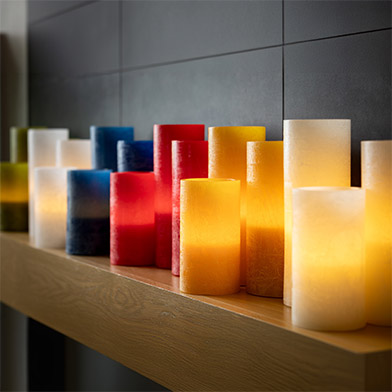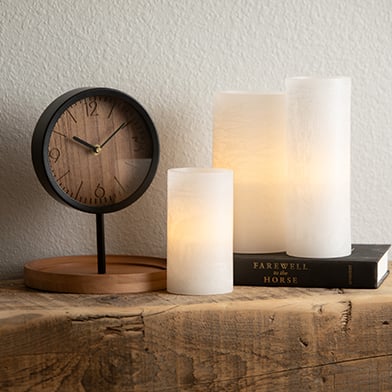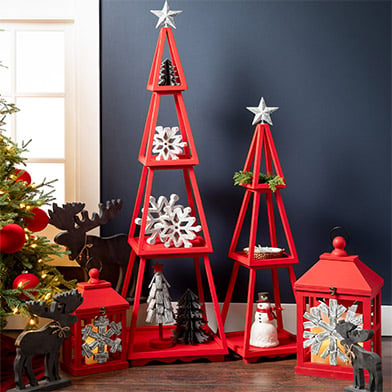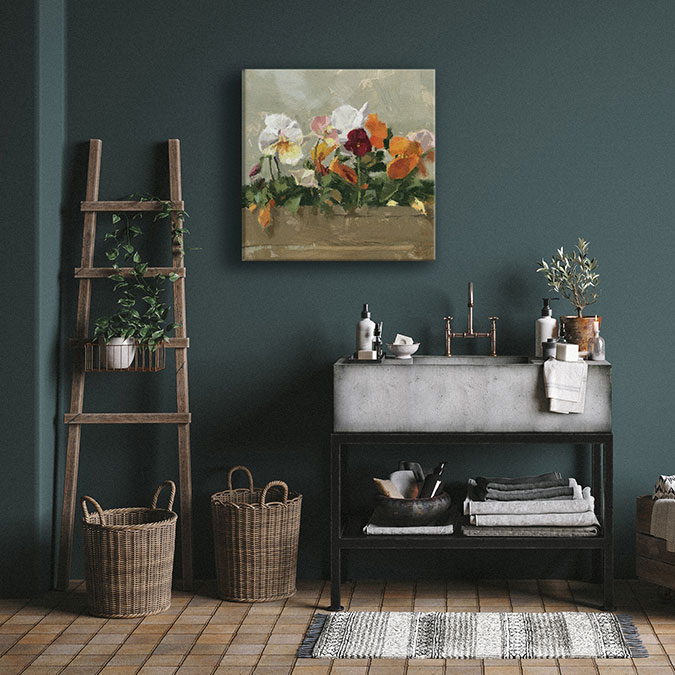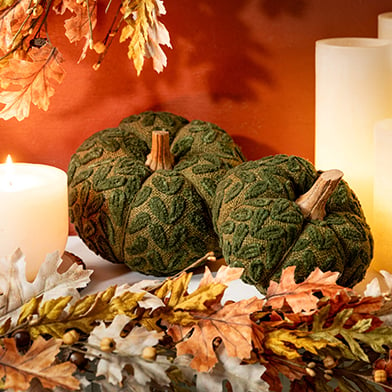
Written by Tawni Buhler. Originally published in the June edition of Gifts and Decorative Accessories Magazine.
In the last two years, we’ve learned a few important things about the Gift and Home Industry. First, we saw the resiliency of independent retailers and now, how decorative accessories are typically insulated against inflation. Additionally, in the last few years, mobility (changing residences), home remodeling, and the real estate market have increased dramatically. At press time, despite rising mortgage rates, mobility is expected to remain constant.
The combination of these observations gives us an optimistic outlook for 2022.
The more people move residence, the higher the demand for décor grows
The share of adults who said they moved homes or plan to move in 2022 is trending higher than last year; almost 40% of Americans are considering a move in 2022. This is mostly driven by increased mobility among Gen Zers and Millennial household formations.

Adults — especially Gen Z — moved more frequently this year to date than even a year ago. Additionally, Millennials account for more than 43% of all home purchases in 2022 – the most of any generation – an increase from 37% last year.
And it’s not just the younger generations who are making a move. The share of adults who said they moved residences or plan to move in 2022 is already trending higher than in 2021.
This is good news for a few reasons.
Retailers and designers have a unique opportunity to hit a large target of consumers in a time when end consumers need retailers. Despite elevated price expectations, purchasing intentions for home furnishings, renovations, and décor are continuing to increase in 2022.
Moving homes and remodeling often serves as an impetus to purchase home furnishings.
Buying a home or moving residences is typically people’s largest investment and they want to buy décor and home accessories to improve it.
Further data shows that Gen X not only wants to shop in stores and prefer in-store experiences, but they are most comfortable in “local boutiques”. For Millennials, the soaring real-estate market and frequent moves are an indicator of strong, steady demand. Gen Zers tend to move most often and report generally lower concern over inflation — so price growth is less likely to negatively affect this group. In addition, price growth typically doesn’t affect decorative accessories at the same rate as general consumer goods.
Decorative items remain most resilient against inflation.
While the home furnishings and décor industry are affected by economic cycles, not all categories are affected in the same way. Furniture saw price increases of 17-20%, textiles (window coverings, bedding, etc.) saw a 16-17% year-over-year price increase; however, decorative items only saw a 6% price increase year-over-year.
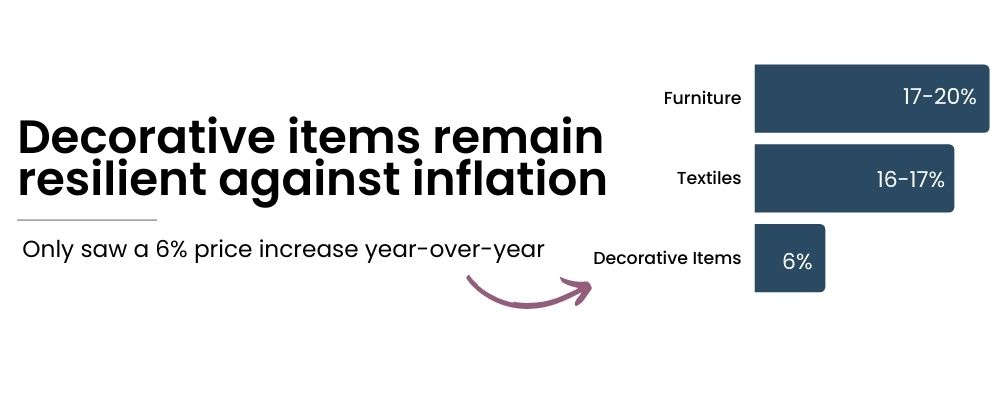
The differences between the product categories are important because they allow retailers to not only leverage what is happening in the real estate market, but also provide a solution when customers are looking to change their space. Again, the current housing market showcases a strong and steady demand for décor throughout the year and while there may be a decline in demand for big-ticket items (furniture, appliances, etc.), decorative accents and home accessories will remain most resilient.
Sullivans' annual Home Décor Consumer Behavior Survey shows that 68% of consumers want to add comfort or create a certain aesthetic in their homes. Retailers and designers have an opportunity to help customers freshen up their space without undergoing major remodels when they need (and want) it most.
To help set themselves apart, small businesses should find creative ways to market themselves to consumers looking to refresh and revive their space. Offering a décor and design-focused approach and a curated touch to customers will speak to consumers who have recently moved or plan to move. Focusing on the “shopping experience” through events, creative merchandising, and showcasing new ways of in-store shopping will pull in the crowds who value seeing and discussing products in person.
Even if the housing market slows, the desire for decorator items, “found treasures” and occasion-based gifting - at accessible price points - will remain strong. That makes this an opportune time for retailers and designers who choose to take advantage of it.
In spite of rising prices, data shows that retailers should be optimistic. Customers want to update their spaces and creative retailers can show them how to accomplish that.

Sources:
2022 Lending Tree Survey
Morning Consult Economic Intelligence
National Association of Realtors Report, March 2022
Consumer Price Index, February 2022

